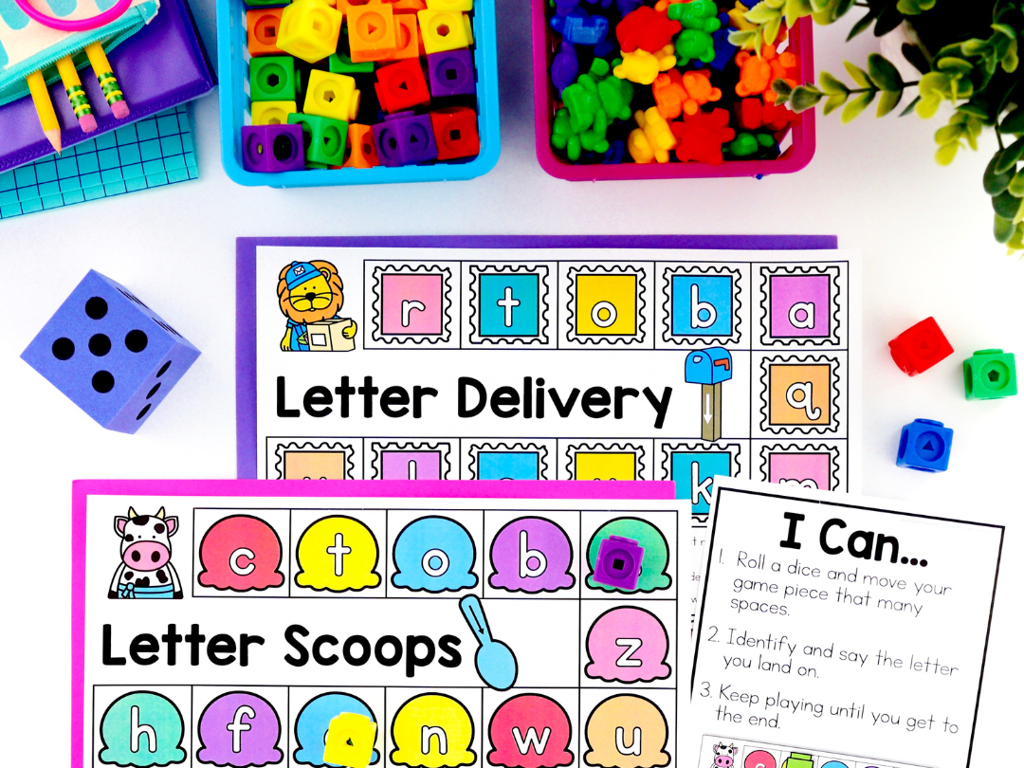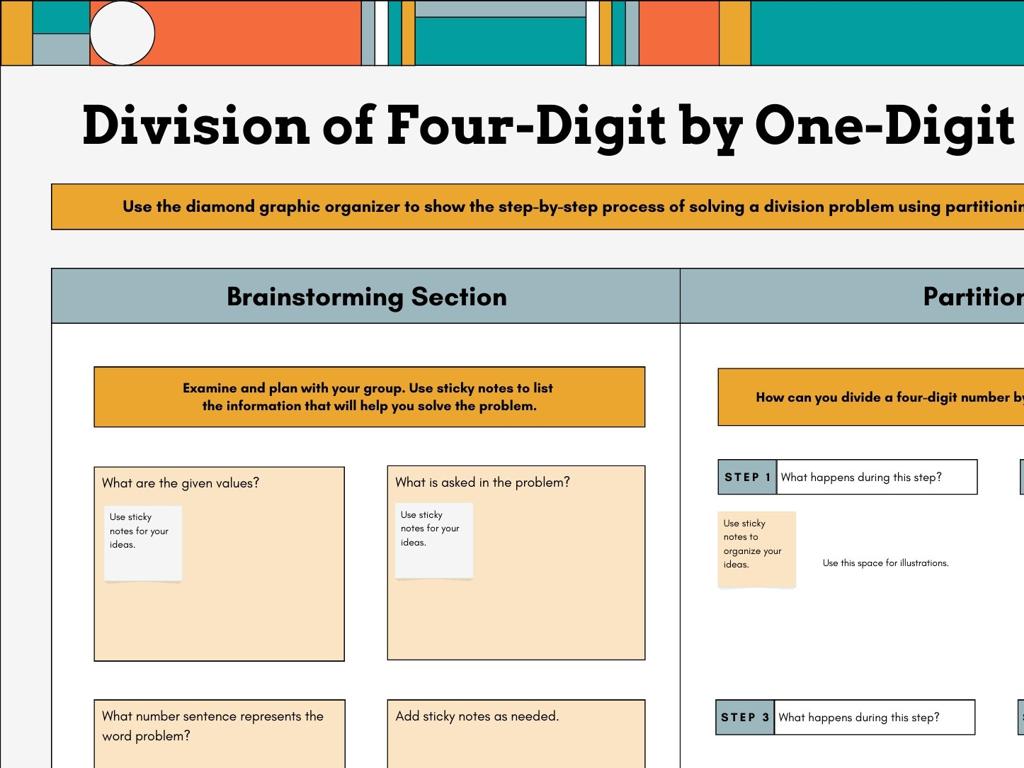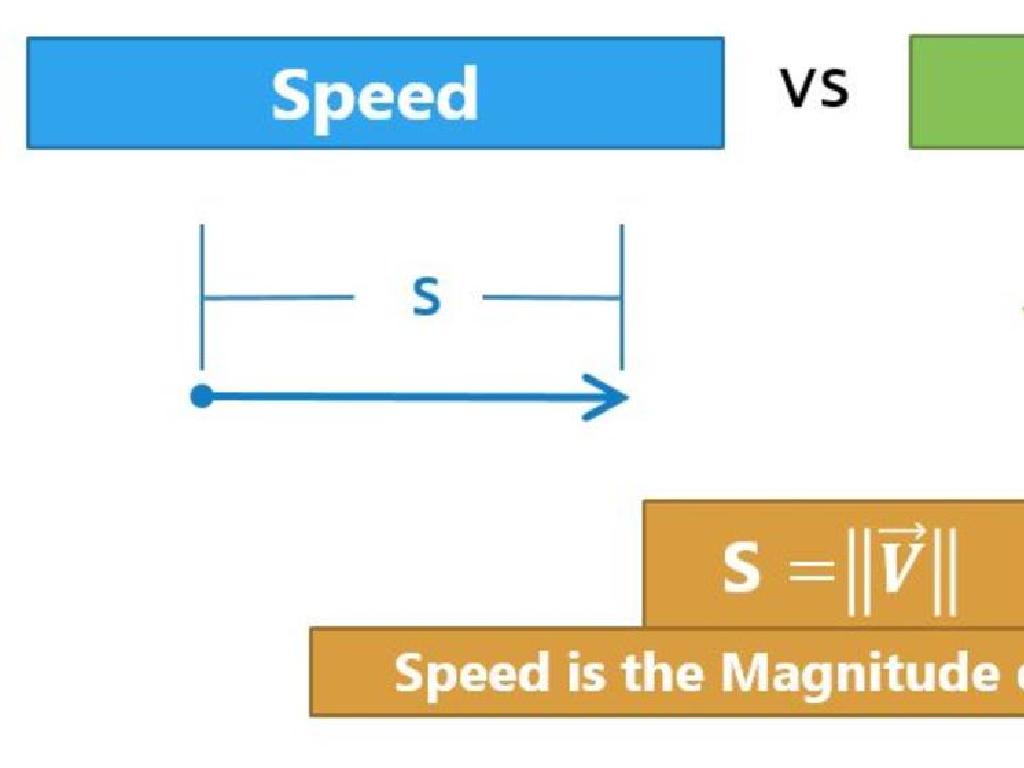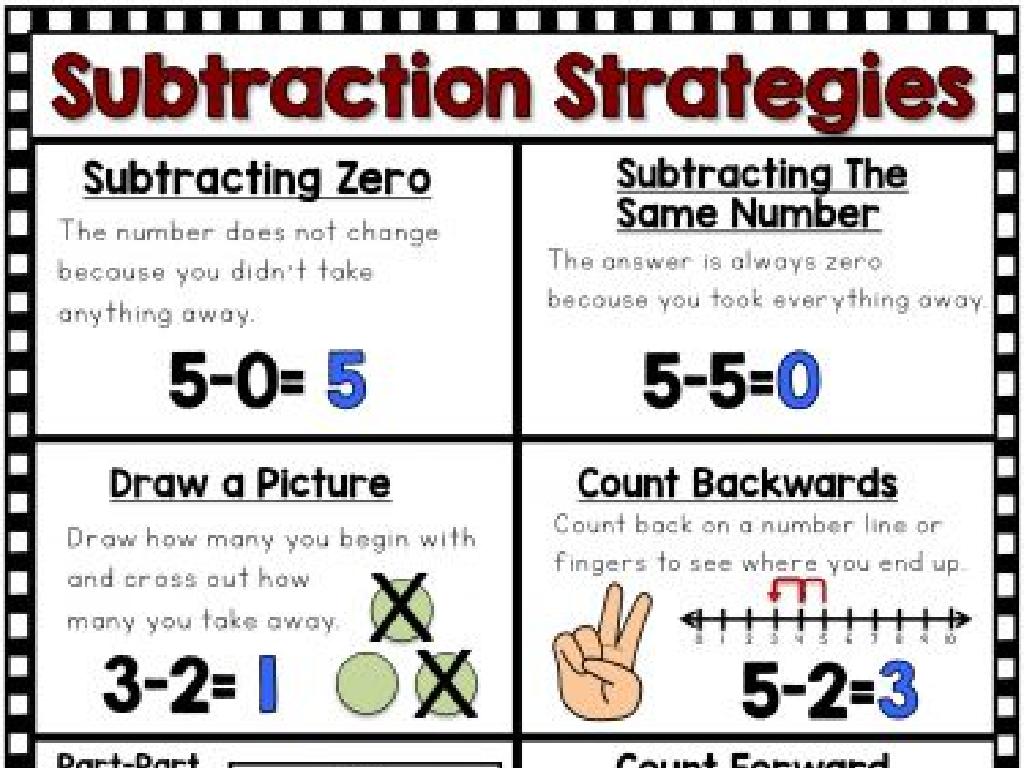Count Forward And Backward By Fives And Tens
Subject: Math
Grade: Second grade
Topic: Skip-Counting And Number Patterns
Please LOG IN to download the presentation. Access is available to registered users only.
View More Content
Welcome to Skip-Counting!
– Learn to count by fives and tens
– Counting: 5, 10, 15, 20, …
– Understand what skip-counting is
– It’s like hopping over numbers!
– Discover why skip-counting is useful
– It helps with time and money
– Practice skip-counting together
|
This slide introduces the concept of skip-counting by fives and tens, which is a foundational skill in mathematics for second graders. Skip-counting helps students count more quickly and efficiently, and it’s a precursor to learning multiplication. Explain that skip-counting is similar to ‘hopping’ over numbers in a sequence, which makes it fun and engaging. Emphasize its practical applications, such as understanding time (minutes on a clock) and money (counting by dimes and nickels). During the practice session, engage students with interactive counting activities, such as counting objects in groups or using a number line. Encourage them to use their fingers to count by fives and tens to reinforce the physical aspect of learning.
Counting by Fives
– Start with counting by fives
– Use your hand for counting
– Each hand has 5 fingers to help us count
– Count together: 5, 10, 15, 20
– Practice as a group: 5, 10, 15, 20…
– Continue the pattern on your own
– Try to reach 100 by adding five each time
|
This slide introduces students to the concept of skip-counting by fives. Begin by engaging them with the relatable concept of counting the fingers on one hand, which equals five. This visual and physical representation helps solidify the concept of counting by intervals of five. Lead the class in a group counting exercise, starting at 5 and adding 5 each time to reinforce the pattern. Encourage the students to continue the sequence beyond the classroom exercise, aiming to reach 100. This activity builds a foundation for understanding multiplication and prepares them for more advanced arithmetic operations.
Counting by Tens with Apples
– Learn to count by tens
– Visualize ten apples in a basket
– Picture each apple as 10 and add
– Count the apples: 10, 20, 30…
– Each apple represents a ‘ten’
– Continue the pattern together
– We’ll add more apples to our basket
|
This slide is designed to help second-grade students understand the concept of counting by tens using a relatable and visual example of apples in a basket. Start by explaining that each apple represents the number 10. As you count each apple, add another ten to the total, reinforcing the pattern of counting by tens. Encourage the students to visualize the apples and count aloud together, reinforcing the skip-counting technique. This activity can be made interactive by using actual objects or illustrations to represent the apples. Continue the pattern beyond what’s shown on the slide to ensure students grasp the concept of counting by tens indefinitely.
Patterns in Skip-Counting by Fives and Tens
– Counting by fives pattern
– 5, 10, 15, 20… Notice the last digit: 5, 0, 5, 0…
– Counting by tens pattern
– 10, 20, 30, 40… The last digit repeats: 0, 0, 0, 0…
– Observing the last digit
– Does the last digit keep changing or stay the same?
– Exploring patterns together
|
This slide introduces students to the concept of skip-counting by fives and tens, emphasizing the patterns that emerge. When counting by fives, the last digit alternates between 5 and 0, while counting by tens reveals a pattern where the last digit remains 0. Encourage students to vocalize the numbers as they count and to use their fingers to track the count if needed. Engage the class in a group activity where they count aloud together, and then individually on paper. This will help solidify their understanding of the number patterns and prepare them for more advanced arithmetic.
Using Skip-Counting in Real Life
– Skip-counting to tell time
– Count by 5s for minutes on a clock
– Counting money with skip-counting
– Nickels equal 5 cents, dimes equal 10 cents
– Skip-counting in daily life
– Brainstorm other skip-counting uses
– Think of games or chores where you count by 5s or 10s
|
This slide aims to show students how skip-counting is not just a math exercise but a practical skill they use in everyday life. When telling time, we skip-count by 5s to read the minutes on a clock. While dealing with money, we use skip-counting to count nickels and dimes efficiently. Encourage the students to think of other instances where they might use skip-counting, such as when playing certain games or completing tasks like setting a table (counting by 5s or 10s for plates or utensils). This will help them understand the importance of skip-counting and see its value beyond the classroom. Prepare to discuss examples students bring up in the next class to reinforce the concept.
Let’s Practice Together: Counting by Fives and Tens
– Fun game to count by fives
– We’ll use a game to skip-count by 5s. Like 5, 10, 15, 20…
– Get moving and count by tens
– Stand up! We’ll jump and count by 10s. Try 10, 20, 30, 40…
– Count out loud with everyone
– It’s important to hear the numbers as we count together.
– Practice makes perfect
|
This slide is for an interactive class activity where students will engage in a physical game to practice skip-counting by fives and tens. The game should be designed to make counting a fun and active experience. For example, students could hop or jump on each count, or pass a ball around in a circle, counting up by fives or tens with each pass. Encourage students to count out loud to reinforce the auditory learning of the number sequence. The teacher should prepare different variations of the game to cater to different learning styles and to keep the activity engaging. Possible activities include musical counting chairs, counting relay races, or using a counting song. The goal is to build fluency in skip-counting in a playful and memorable way.
Skip-Counting Hopscotch
– Try skip-counting by fives
– Try skip-counting by tens
– Play hopscotch and count
– Hop on squares while counting aloud
– Each square has a number
– Skip-count to reach the number on the square
|
This interactive class activity is designed to help students practice skip-counting by fives and tens in a fun and engaging way. Set up a hopscotch grid with numbers in increments of five or ten. Students will take turns hopping on the squares while skip-counting aloud to reinforce their understanding of number patterns. For example, a student might hop on squares labeled 5, 10, 15, 20, etc., while counting by fives. This activity not only helps with mathematical concepts but also encourages physical activity and coordination. Possible variations include having different hopscotch grids for fives and tens, using a dice to determine the starting number, or challenging students to hop backwards while subtracting. The goal is to make learning math a playful and enjoyable experience.
Conclusion: Skip-Counting Mastery
– Celebrate today’s skip-counting
– Practice leads to perfection
– Continue practicing at home
– Try counting items, steps, or toys in fives and tens
– Involve family and friends
– Make it a fun game with others
|
As we wrap up today’s lesson on skip-counting by fives and tens, it’s important to acknowledge the students’ efforts and encourage them to keep practicing. Reinforce the idea that mastery comes with practice. Suggest engaging ways for them to practice at home, such as counting common household items or playing counting games with their family and friends. Remind them that skip-counting is not just a math skill but also a useful tool in everyday life. Encourage parents to participate in their child’s learning by incorporating skip-counting activities into daily routines.






